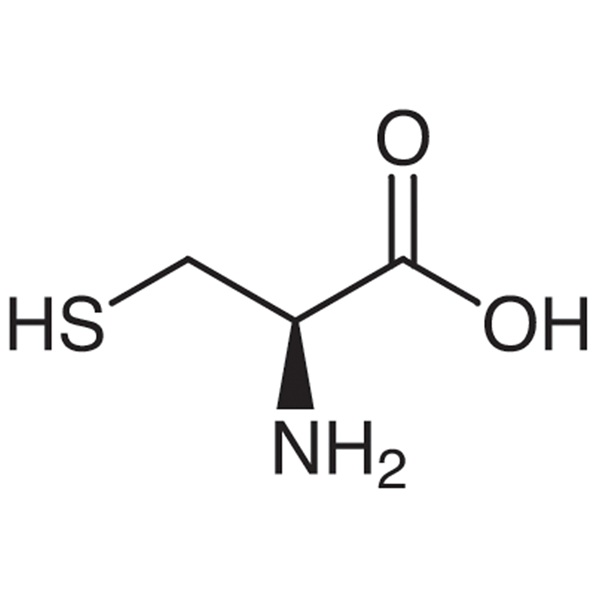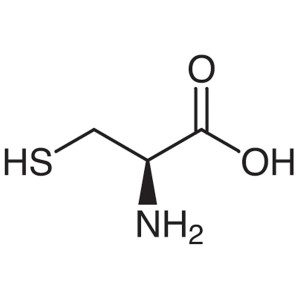L-Cysteine CAS 52-90-4 (H-Cys-OH) Assay 98.5~101.0% (Titration) Factory High Quality
Shanghai Ruifu Chemical Co., Ltd. is the leading manufacturer and supplier of L-Cysteine (H-Cys-OH; L-Cys; Abbreviated Cys or C) (CAS: 52-90-4) with high quality, production capacity 5000 Tons per year. Ruifu Chemical supplys a series of amino acids derivatives. We can provide COA, worldwide delivery, small and bulk quantities available. If you are interested in L-Cysteine, Please contact: alvin@ruifuchem.com
| Chemical Name | L-Cysteine |
| Synonyms | H-Cys-OH; L-Cys; Abbreviated Cys or C; L-(+)-Cysteine; L-Cysteine, Free Base; Laevo-Cysteine; (R)-2-Amino-3-Mercaptopropionic Acid; L-2-Amino-3-Mercaptopropionic Acid; alpha-Amino-beta-Mercaptopropionicacid; alpha-Amino-beta-Thiolpropionic Acid; (R)-Cysteine; Half-cystine |
| Stock Status | In Stock, Production Capacity 5000 Tons per Year |
| CAS Number | 52-90-4 |
| Molecular Formula | C3H7NO2S |
| Molecular Weight | 121.15 |
| Melting Point | 220℃ |
| Boiling Point | 293.9±35.0℃ |
| Density | 1.197 |
| Sensitive | Air Sensitive, Light Sensitive |
| Water Solubility | Soluble in Water, 160 g/l 20℃, Almost Transparency |
| Solubility | Very Soluble in Alcohol. Insoluble in Acetone, Ether, Benzene |
| Storage Temperature | Sealed in Dry, Store at Room Temperature |
| COA & MSDS | Available |
| Classification | Amino Acids and Derivatives |
| Brand | Ruifu Chemical |
| Items | Inspection Standards | Results |
| Appearance | White Crystals or Crystalline Powder | Conforms |
| Identification | Infrared Absorption | Conforms |
| Specific Rotation [α]20/D | +8.3° to +9.5°(C=8,1N HCl) |
+8.7° |
| Transmittance | ≥95.0% | 98.5% |
| Chloride (Cl) | ≤0.040% | <0.040% |
| Sulfate (SO4) | ≤0.030% | <0.030% |
| Ammonium (NH4) | ≤0.020% | <0.020% |
| Iron (Fe) | ≤10ppm | <10ppm |
| Heavy Metals (Pb) | ≤10ppm | <10ppm |
| Arsenic (As2O3) | ≤1.0ppm | <1.0ppm |
| Other Amino Acids | Meets the Requirement | Conforms |
| Loss on Drying | ≤0.50% | 0.15% |
| Residue on Ignition | ≤0.10% | 0.06% |
| Assay | 98.5~101.0% (Titration: Anhydrous Basis) | 99.8% |
| pH Test | 4.5~5.5 | 5.1 |
| Conclusion | Accords with the Standard of AJI97; USP; JP | |
| Shelf Life | 24 Months From Manufacture Date if Stored Properly | |
| Main Uses | Amino Acids; Food Additives; Pharmaceuticals; Cosmetic Industries | |
L-Cysteine contains not less than 98.5% and not more than 101.0% of L-Cysteine (C3H7NO2S), calculated on the dried basis.
Description L-Cysteine occurs as white crystals or a white crystalline powder. It has a characteristic odor and a pungent taste. It is freely soluble in water, and practically insoluble in ethanol (99.5). It dissolves in 1 mol/L hydrochloric acid TS.
Identification Determine the infrared absorption spectrum of L-Cysteine as directed in the potassium bromide disk method under Infrared Spectrophotometry <2.25>, and compare the spectrum with the Reference Spectrum: both spectra exhibit similar intensities of absorption at the same wave numbers.
Optical rotation <2.49> [a]20D:+8.0 ~+10.0° (2 g calculated on the dried basis, 1 mol/L hydrochloric acid TS, 25mL, 100 mm).
pH <2.54> The pH of a solution prepared by dissolving 1.25 g of L-Cysteine in 50 mL of water is 4.7 to 5.7.
Purity (1) Clarity and color of solution-Dissolve 1.0 g of L-Cysteine in 20 mL of water: the solution is clear and colorless.
(2) Chloride <1.03>-Dissolve 0.30 g of L-Cysteine in 10mL of diluted nitric acid (1 in 4), add 10mL of hydrogenperoxide (30), heat for 20 minutes in a boiling water bath,cool, and then add water to make 50 mL. Perform the test using this solution as the test solution. Prepare the control solution with 0.35 mL of 0.01 mol/L hydrochloric acid VS (not more than 0.041%)
(3) Sulfate <1.14>-Dissolve 0.6 g of L-Cysteine in 30 mL of water and 3 mL of dilute hydrochloric acid, and add water to make 50 mL. Perform the test using this solution as the test solution. Prepare the control solution as follows: To 0.35 mL of 0.005 mol/L sulfuric acid VS add 3 mL of dilute hydrochloric acid and water to make 50 mL. Prepare the test solution and the control solution with 4 mL of barium chloride TS, respectively (not more than 0.028%).
(4) Ammonium <1.02>-Perform the test with 0.25 g of L-Cysteine, using the distillation under reduced pressure. Prepare the control solution with 5.0 mL of Standard Ammonium Solution (not more than 0.02%).
(5) Heavy Metals <1.07>-Proceed with 1.0g of L-Cysteine according to Method 4, and perform the test.Prepare the control solution with 1.0 mL of Standard Lead Solution (not more than 10 ppm).
(6)Iron <1.10>-Prepare the test solution with 1.0 g of L-Cysteine according to Method 1, and perform the test according to Method A. Prepare the control solution with 1.0mL of Standard Iron Solution (not more than 10 ppm).
(7)Related Substances-Dissolve 0.10 g of L-Cysteine in N-ethylmaleimide solution (1 in 50) to make exactly 10 mL, leave for 30 minutes, and use this solution as the sample solution. Pipet 1 mL of the sample solution, add water to make exactly 10 mL, pipet 1 mL of this solution, add water to make exactly 50 mL, and use this solution as the standard solution (1). Separately, dissolve 0.10 g of L-cystine in 0.5mol/L hydrochloric acid TS to make exactly 20 mL. Pipet 1mL of this solution, add water to make 100 mL, and use this solution as the standard solution (2). Perform the test withthese solutions as directed under Thin-layer Chromatography<2.03>. Spot 10mL each of the sample solution and standard solutions (1) and (2) on a plate of silica gel for thin-layer chromatography. Develop the plate with a mixture of1-butanol, water, and acetic acid (100) (3:1:1) to a distance of about 10 cm, and dry the plate for 30 minutes at 809C.Spray the plate evenly with a solution of ninhydrin in a mixture of methanol and acetic acid (100) (97:3) (1 in 100), and then heat at 80℃ for 10 minutes: the spot obtained from the sample solution corresponding to the spot obtained from the standard solution (2) is not more intense than the spot from the standard solution (2). Also, the spots other than the principal spot and the spots mentioned above from the sample solution are not more intense than the spot from the standard solution (1).
Loss on Drying <2.41> Not more than 0.50% (1 g, in vacuum, phosphorus (V) oxide, 3 hours).
Residue on Ignition <2.44> Not more than 0.1%(1 g).
Assay Weigh accurately about 0.2 g of L-Cysteine, place itin a stoppered flask, and dissolve in 20 mL of water. Dissolve 4 g of potassium iodide in this solution, immediately place in ice cold water, add 5 mL of dilute hydrochloric acid and exactly 25 mL of 0.05 mol/L iodine VS, leave in a dark place for 20 minutes, and then titrate<2.50>an excess amount of iodine with 0.1 mol/L sodium thiosulfate VS (indicator: starch TS). Perform a blank determination using the same method.
Each mL of 0.05 mol/L iodine VS=12.12 mg of C3H7NO2S
Containers and Storage Containers-Tight containers.
Package: Fluorinated Bottle, Aluminium foil bag, 25kg/cardboard drum, or according to customer's requirement.
Storage Condition: Keep the container tightly closed and store in a cool, dry (2~8℃), well-ventilated warehouse away from incompatible substances. Keep away from sunshine; avoid fire and heat sources; avoid moisture.
Shipping: Deliver to worldwide by air, by FedEx / DHL Express. Provide fast and reliable delivery.
How to Purchase? Please contact Dr. Alvin Huang: sales@ruifuchem.com or alvin@ruifuchem.com
15 Years Experience? We have more than 15 years of experience in the manufacture and export of a wide range of high quality pharmaceutical intermediates or fine chemicals.
Main Markets? Sell to domestic market, North America, Europe, India, Korea, Japanese, Australia, etc.
Advantages? Superior quality, affordable price, professional services and technical support, fast delivery.
Quality Assurance? Strict quality control system. Professional equipment for analysis include NMR, LC-MS, GC, HPLC, ICP-MS, UV, IR, OR, K.F, ROI, LOD, MP, Clarity, Solubility, Microbial limit test, etc.
Samples? Most products provide free samples for quality evaluation, shipping cost should be paid by customers.
Factory Audit? Factory audit welcome. Please make an appointment in advance.
MOQ? No MOQ. Small order is acceptable.
Delivery Time? If within stock, three days delivery guaranteed.
Transportation? By Express (FedEx, DHL), by Air, by Sea.
Documents? After sales service: COA, MOA, ROS, MSDS, etc. can be provided.
Custom Synthesis? Can provide custom synthesis services to best fit your research needs.
Payment Terms? Proforma invoice will be sent first after confirmation of order, enclosed our bank information. Payment by T/T (Telex Transfer), PayPal, Western Union, etc.
Hazard Symbols Xn - Harmful
Risk Codes R22 - Harmful if swallowed
R36/37/38 - Irritating to eyes, respiratory system and skin.
Safety Description
S26 - In case of contact with eyes, rinse immediately with plenty of water and seek medical advice.
S37/39 - Wear suitable gloves and eye/face protection
WGK Germany 3
RTECS HA1600000
F 10-23
Autoignition Temperature 420℃
TSCA Yes
HS Code 2922491990
L-Cysteine (H-Cys-OH) (CAS: 52-90-4), a common amino acid in organisms. L-Cysteine is a sulfur-containing non-essential amino acid. Mainly used in medicine, food, and cosmetics industries, biochemical research, etc. 1. Bread improver; nutritional supplement; antioxidant; color protectant. It has detoxification effect on aromatic acidosis; it has the effect of preventing radiation damage; it has the effect of treating bronchitis and reducing phlegm; it has the effect of absorbing alcohol. According to the regulations of GB2760-96, it is allowed to be used as perfume. 2. It is used to treat skin diseases such as eczema, urticaria, freckles, etc. Its series of products are widely used in medicine, food and cosmetics industries 3. Used in biochemical research, as antidote for hepatitis, liver poisoning, radiopharmaceutical poisoning, antimony poisoning, etc. in medicine. 4. Used in bread to promote the formation of gluten, promote fermentation, mold release, and prevent aging. Used in natural juices to prevent the oxidation of vitamin C and prevent the juice from turning brown. This product has detoxification effect and can be used for poisoning and aromatic acidosis. This product also has the effect of preventing radiation damage to the human body. It is also a drug for the treatment of bronchitis, especially as a phlegm medicine (mostly used in the form of acetyl L-cysteine methyl ester. In cosmetics, it is mainly used in beauty water, Perm liquid, sun-proof skin cream, etc. L-Cysteine is used as an additive in cigarettes, as well as in the preparation of meat flavours.
-
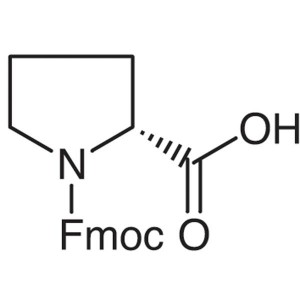
Fmoc-D-Pro-OH CAS 101555-62-8 Fmoc-D-Proline Pu...
-
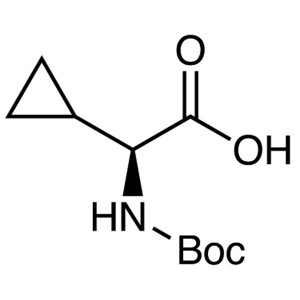
Boc-L-Cyclopropylglycine CAS 155976-13-9 Assay ...
-
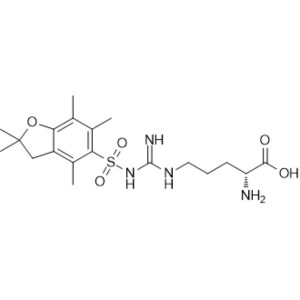
H-D-Arg(Pbf)-OH CAS 200116-81-0 Purity >99.0% (...
-
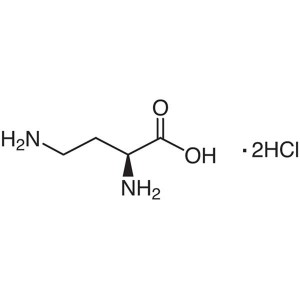
L-2,4-Diaminobutyric Acid Dihydrochloride CAS 1...
-
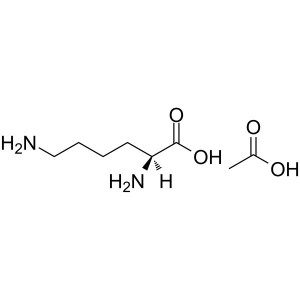
L-Lysine Acetate CAS 57282-49-2 Assay 98.5~101....
-
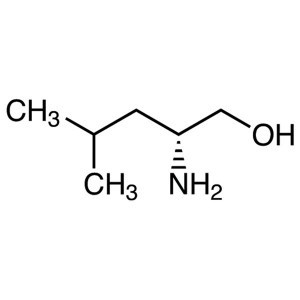
D-(-)-Leucinol CAS 53448-09-2 Purity >98.5% (GC...

